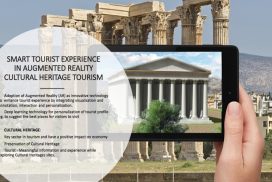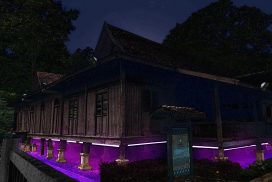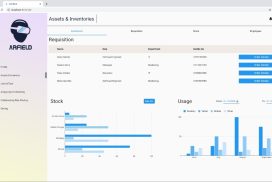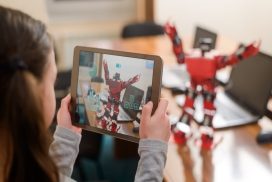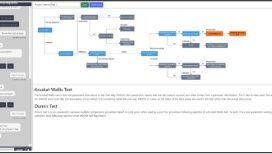Advanced Reality & Human-Computer Interaction
Introduction
The AR-HCI Lab consist of Extended Reality, and HCI Lab facilitates applied research on Augmented and Virtual Reality, understanding people and their interactions and translating that understanding to inform the design and evaluation of innovative applications, games, and systems. Extended reality is merging real and virtual worlds to produce new environments and visualizations where physical and digital objects co-exist and interact in real-time. Human-Computer Interaction (HCI) is a discipline concerned with studying, designing, constructing and implementing human-centric interactive computer systems. Improvements in HCI technology can lead to enhanced Virtual Reality (VR) and Augmented Reality (AR) experiences by providing more natural and efficient ways for a user to interact with a real or virtual environment. Facilities include an SMI RED eye tracker, Neuroharmony, EEG Brain Quotient Scan, Autographer Lifelogging Camera, RealWear Smart Glass, Hololens and an OBSERVER® XT. The Extended Reality and HCI Lab offers:
- AR and VR apps development
- Metaverse research
- Usability and Usability Expert Analysis
- User Experience Evaluation
- Usability and User Experience Testing
- User Engagement Measurement
- Game User Research
- Psychological Lab Evaluation
- Pre and Post-Launch Analysis
- Usability Engineering Measurement
- Physiological Measurements (Biometrics) and Eye-Tracking
The AR-HCI lab researchers include:
- Assoc. Prof. Dr. Nazlena Mohamad Ali
- Dr. Ahmad Hanif Ahmad Baharin
- Dr. Mohamad Hidir Mhd Salim
Gallery
Head of Lab
Dr. Mohamad Hidir Mhd Salim
03 – 8927 2418
AR-HCI
2nd Floor
Institute of Visual Informatics
Akademia Siber Teknopolis
UKM

